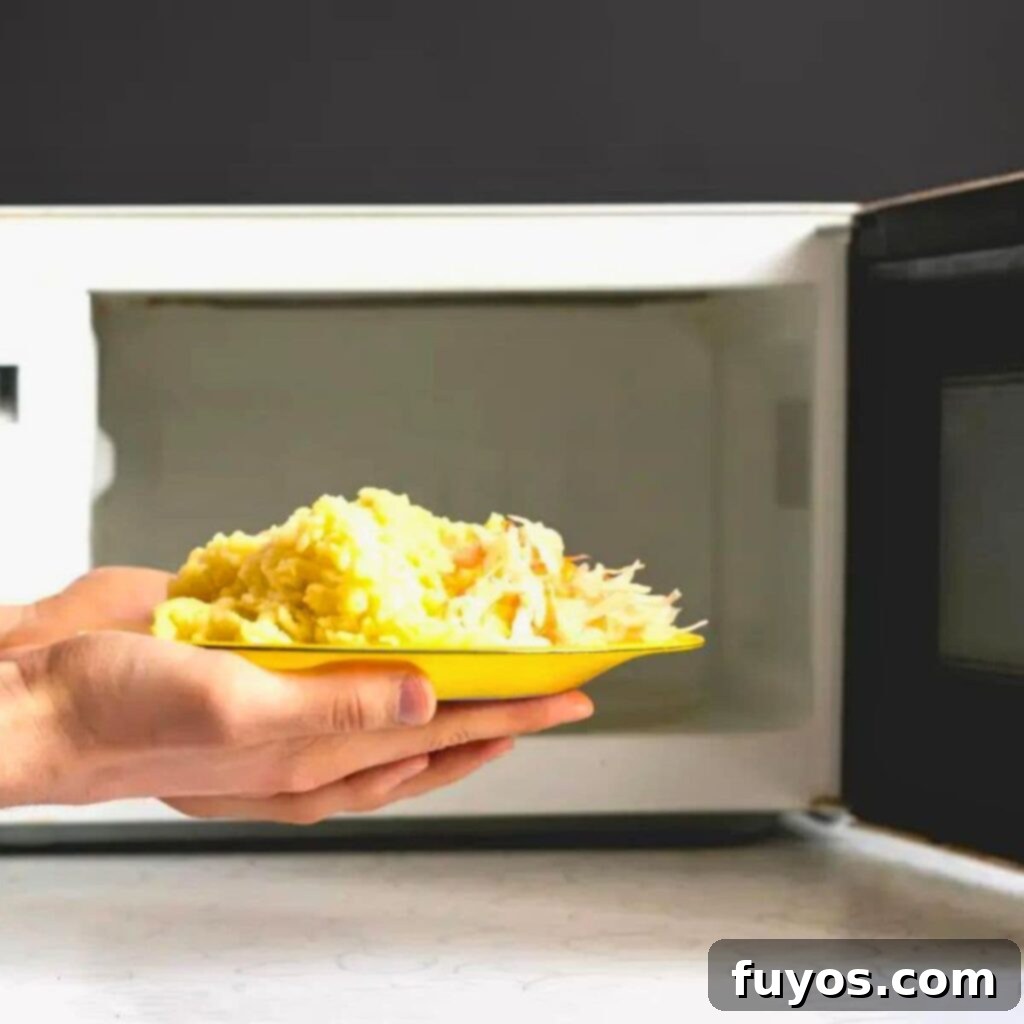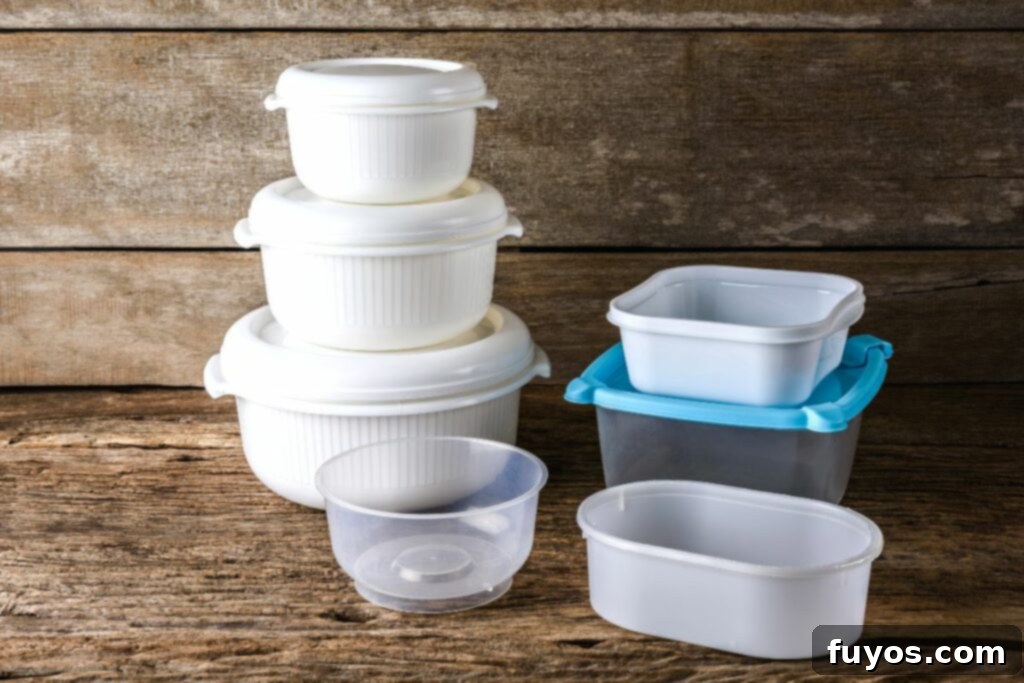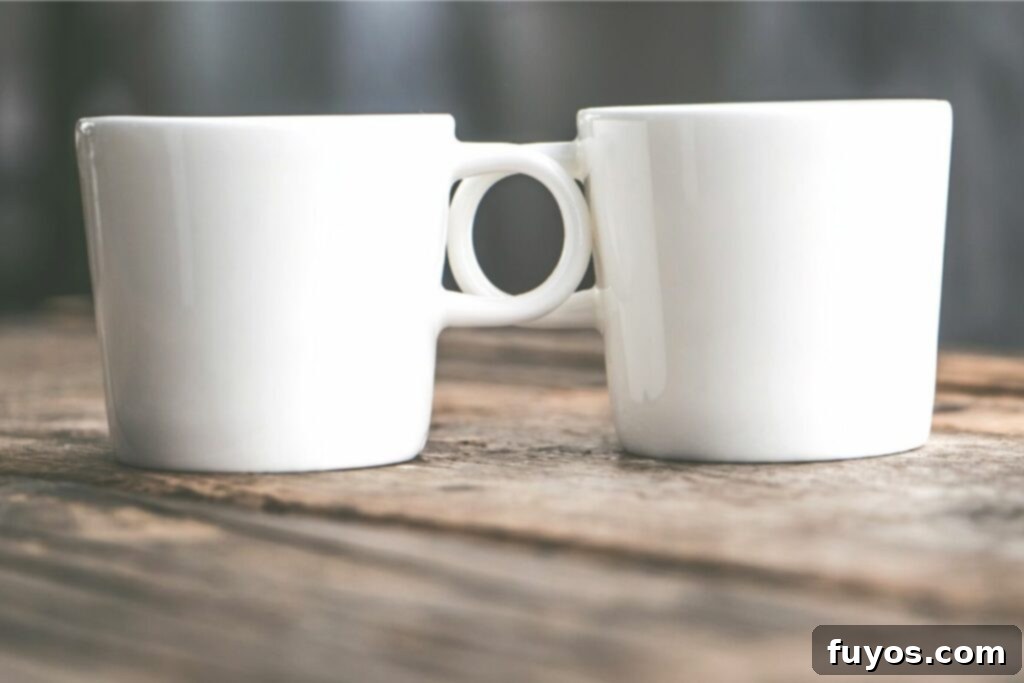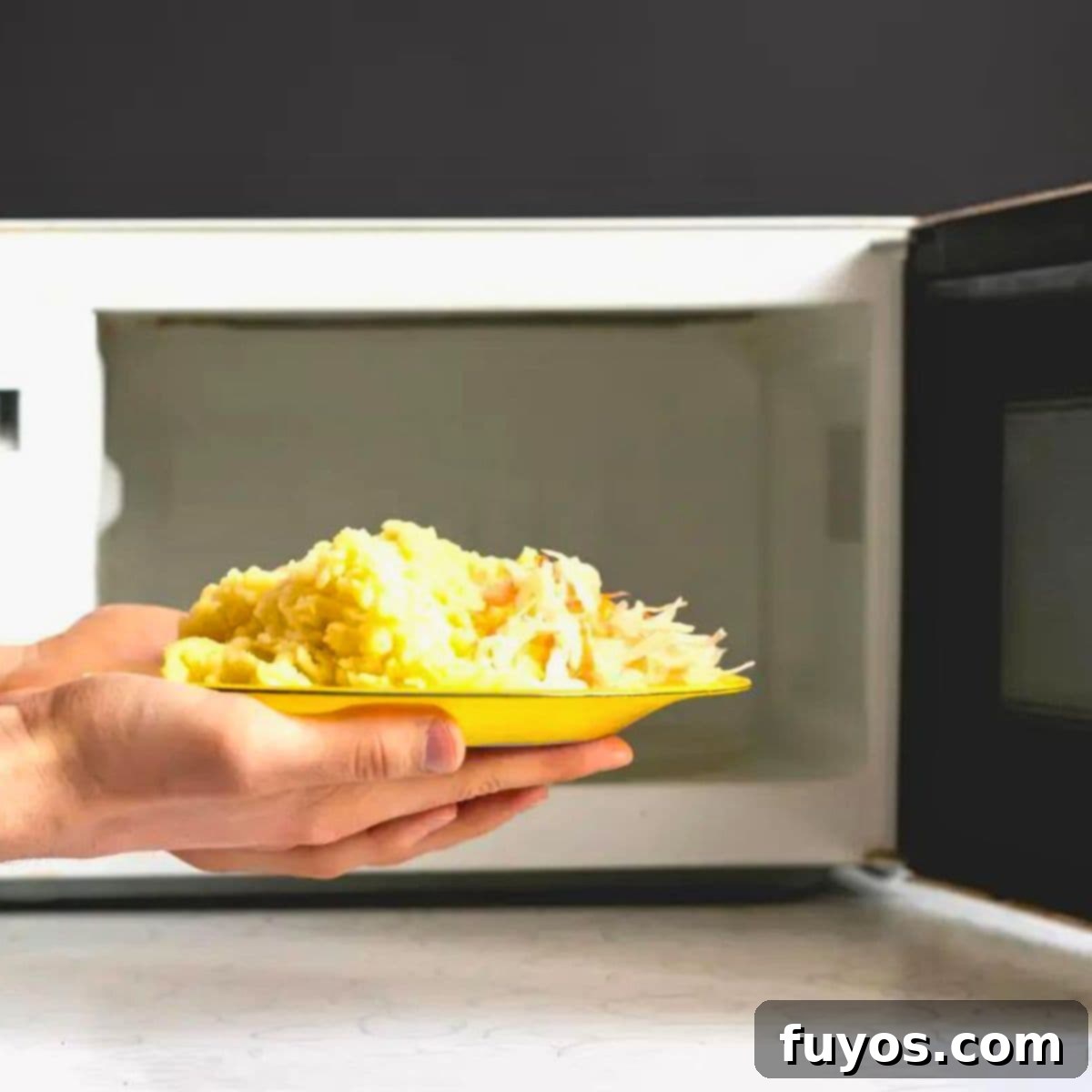Understanding the Microwave Safe Symbol: Your Essential Guide to Safe Reheating
In our fast-paced lives, the microwave oven has become an indispensable kitchen appliance, offering unparalleled convenience for cooking and reheating food. Its ability to quickly warm up meals makes it a go-to for many. However, this convenience comes with a crucial caveat: not all dishes and containers are created equal when it comes to microwave use. Improper use can lead to anything from a simple mess to dangerous situations, including fire hazards or the leaching of harmful chemicals into your food. This is where understanding the microwave safe symbol becomes absolutely vital. By correctly identifying this symbol, you can confidently choose the right dishware, ensuring both your safety and the longevity of your kitchen items.

Globally, the most recognized and common microwave safe symbol consists of three to four horizontal wavy lines. This emblem typically indicates that a container or dish is designed to withstand the electromagnetic waves and heat generated by a microwave oven without degrading or posing a risk. You’ll usually find this symbol subtly embossed or printed on the bottom of glass or plastic dishes. Yet, these wavy lines aren’t the only indicator. Many variations exist, and understanding them, along with the properties of different materials, is key to smart kitchen practices. Let’s delve deeper into these symbols and material considerations to ensure every microwave session is safe and efficient.
What Does the Microwave Safe Symbol Look Like?
The standard microwave safe symbol most frequently appears as three to four horizontal wavy lines, mimicking the electromagnetic waves that microwaves use to heat food. While this is the most common depiction, the number of lines can sometimes vary, ranging up to as many as six. These wavy lines might appear alone, conveying their message simply, or they could be part of a larger, more descriptive icon. Here are some common ways you might encounter the microwave safe symbol:
- A rectangular box enclosing the wavy lines, suggesting containment.
- A plate-shaped design positioned underneath the wavy lines, explicitly indicating suitability for food service.
- A microwave oven-like box featuring simplified controls on the side, a clear visual cue for its intended use.
- A bowl-shaped object situated beneath the wavy lines, another direct reference to food containers.
- Textual indicators such as the word “micro” or “microwave” printed alongside or instead of the graphic symbol.
Beyond these standard variations, some manufacturers employ less common, alternative designs to communicate microwave safety:
- An illustration of a countertop microwave with vertical wavy lines radiating over a plate, a more literal depiction.
- A series of four to six concentric circles that gradually increase in size within a square box, often accompanied by a small three-dot control panel at the top.
- Simply the phrase “microwave safe” printed directly on the item, which is perhaps the most straightforward indication.
It is equally important to recognize what indicates that a dish is not microwave safe. If you observe any of the aforementioned symbols, or any other indicator of microwave suitability, with an ‘X’ or a strikethrough slash “\” superimposed over it, this unequivocally means that the item is not safe for microwave use. Always look for these negative indicators, as they are just as crucial as the positive ones for ensuring kitchen safety.
Quick + Easy Recipes
straight to your inbox
Subscribe for more delicious recipes!
What is the Microwave Safe Symbol on Tupperware?
Tupperware, a brand synonymous with food storage, is a common item found in many kitchens. When it comes to their products, Tupperware generally employs three horizontal wavy lines encased within a rectangular box as their primary microwave safe symbol. This distinct symbol is consistently located on the bottom of their containers, making it easy for consumers to identify its microwave compatibility.
Similar to other manufacturers, Tupperware also utilizes a clear indicator for items that are not microwave safe. You will typically find the same icon – the wavy lines within a rectangular box – but with a diagonal slash (‘/’) drawn through it. This strikethrough is a universal sign of prohibition, signifying that the container should not be used in the microwave.
Are All Tupperware Containers Microwave Safe?
Despite the brand’s reputation for practical kitchenware, it’s crucial to understand that no, not all Tupperware containers are microwave safe. In fact, a significant portion of their product line is specifically designed for food storage and transport, rather than for the reheating process. Many older Tupperware pieces, or those intended for cold storage, may not be made from materials that can safely withstand microwave energy.
For this reason, it is absolutely essential to thoroughly check each individual piece of Tupperware you intend to use in the microwave for the explicit presence of the microwave safe symbol. If the symbol is absent, even if there isn’t a strikethrough indicating it’s unsafe, you should err on the side of caution and assume the container is not microwave safe. Using non-microwave safe plastic can lead to melting, warping, or the leaching of chemicals into your food, which is a health concern.
However, Tupperware does produce a wide range of containers and innovative cooking gadgets that are specifically engineered to be microwave safe and highly functional. For example, some of their newer lines include materials designed for optimal reheating. Exploring options like a microwave pressure cooker, if you come across one, can introduce you to highly convenient and safe microwave cooking methods offered by various brands.

Is Pyrex Microwave Safe?
Pyrex, a brand renowned for its durable glassware, is a common fixture in many kitchens. Good news for Pyrex users: most Pyrex containers are indeed microwave safe, and this often extends to their plastic lids as well. Pyrex glass is typically made from borosilicate glass or tempered soda-lime glass, both of which are designed to withstand significant temperature changes, making them ideal for microwave heating.
While Pyrex is generally reliable, it’s always a good practice to take a moment and double-check your specific container for the presence of the microwave safe symbol. This quick inspection ensures absolute certainty, especially for older pieces or those with unique designs. The symbol will typically be found on the bottom of the glass dish.
Many home cooks, including myself, find Pyrex lids incredibly useful for everyday cooking. I often choose to use these lids to cover food in the microwave. This practice is not just convenient; it also helps to trap moisture, ensuring food heats evenly, and prevents splattering inside the microwave, keeping it cleaner. The convenience and reliability of Pyrex make it a fantastic choice for a wide range of microwave tasks.
How Do You Know if a Mug is Microwave Safe?
Mugs are another everyday item frequently used in the microwave for heating beverages or small portions of food. While many mugs are microwave safe, there are critical exceptions to be aware of. A mug is generally safe for microwave use unless it possesses certain characteristics:
- It has any metal components, whether it’s part of the mug’s structure, a decorative rim, or metallic accents in the design. Metal in a microwave can cause arcing (sparks) and can damage the microwave or even start a fire.
- It contains non-microwave safe insulation, which might be hidden within the mug’s layers, especially in travel mugs.
- It is made from unsafe plastics, such as certain types of melamine or older, non-food-grade plastics, which can melt or leach chemicals.
Identifying metal in a mug is usually straightforward. However, recognizing unsafe insulation or certain plastics can be more challenging. Your first step should always be to inspect the bottom of the mug for a clear microwave safe symbol. If the mug came with instructions or a safety guide, be sure to consult it for specific recommendations regarding microwave use.
If no symbol is present, and you’re unsure about the material, or if there are no other obvious factors indicating it’s unsafe (like metal), you can perform a simple home test to confirm its microwave safety:
- Place the empty mug you wish to test in your microwave oven.
- Add a separate, microwave-safe cup or bowl filled with water next to the mug. This water absorbs the microwave energy, preventing damage to your appliance from running empty.
- Set the microwave for 30 seconds of cook time on high power.
- Carefully remove the mug and feel it with your hands. Exercise caution, as the mug could be hot.
- If the mug itself feels hot to the touch, it indicates that the mug is absorbing microwave energy, meaning it is not microwave safe. In a microwave-safe mug, only the water (or the adjacent container) should be hot, while the mug itself should remain cool or only slightly warm from residual heat transferred from the air or the hot water.
Are All Ceramic Mugs Microwave Safe?
Ceramic mugs are a popular choice for beverages due to their aesthetic appeal and heat retention properties. Generally, all ceramic mugs should be safe for use in the microwave, with one significant exception: if they have been glazed with a material that is not microwave safe. The most common culprit here is a glaze that contains metallic elements or metallic paint. These metallic glazes can cause sparks (arcing) inside the microwave, which can damage the appliance, ignite nearby materials, or even ruin the mug itself.
It’s important to be particularly cautious with handmade or artisan ceramic mugs, as their glazes might not always be standardized or clearly marked for microwave safety. Always look for the microwave safe symbol, or if in doubt, perform the water test described above.
Furthermore, an often-overlooked safety note pertains to repaired mugs. Any ceramic mug that has been previously broken and then repaired with glue should absolutely not be used in the microwave. Most household glues are not designed to withstand microwave heating. The heat can cause the glue to degrade, potentially releasing harmful fumes into your food or causing the mug to simply fall apart mid-heating, creating a mess and a safety hazard.

Are Paper Plates Microwave Safe?
Paper plates offer unmatched convenience, especially for casual meals or gatherings, by eliminating the need for washing dishes. For the most part, most standard paper plates are microwave safe. They are typically made from cellulose fibers that do not interact with microwave energy in a harmful way. However, there are specific varieties of paper plates that are definitely not microwave safe and should be avoided in the appliance:
- Plates with foil (metal) in their design: Any paper plate adorned with metallic accents, such as gold or silver rims, decorative foil patterns, or metallic dyes, should never be placed in a microwave. Like any metal, these can cause arcing, potentially damaging your microwave or starting a fire.
- Plates coated in a thin layer of plastic for waterproofing: While some paper plates have a light wax or plastic coating for durability and leak resistance, not all these coatings are microwave safe. If the plastic is not explicitly marked as microwave safe, it could melt, warp, or release chemicals into your food when heated.
Because the microwave safe symbol is generally not printed on individual paper plates, it is crucial to examine the exterior packaging of the entire pack of paper plates. The packaging will usually display clear instructions or symbols regarding microwave suitability. If the packaging does not feature a microwave safe symbol, or if it explicitly states “do not microwave,” it is safest to assume that your paper plates are not microwave safe and should not be used in the appliance. Always prioritize safety over convenience.
Indeed, paper plates are an incredibly common and convenient dish type for heating quick snacks, such as microwaving pizza rolls or warming up leftovers, provided they meet the safety criteria.
Is Polypropylene (PP5) Microwave Safe?
When it comes to plastic containers, understanding the recycling symbols can be a quick guide to microwave safety. Yes, polypropylene, often identified by the recycling symbol ‘PP5’ or simply ‘5’, is a microwave safe plastic. This type of plastic is highly valued for its excellent heat resistance and chemical stability. Unlike some other plastics, polypropylene does not readily absorb microwave energy, meaning it won’t overheat or degrade easily when exposed to the microwave’s waves. This property makes it an ideal material for food containers intended for reheating.
To identify if your plastic container is made of polypropylene, look for the universal recycling symbol, which is a triangle made of chasing arrows, with the number ‘5’ prominently displayed in the center. Sometimes, this symbol will also be accompanied by the letters “PP” underneath. This combination definitively indicates that you have a polypropylene container, which is considered safe for microwave use according to most manufacturer guidelines and scientific research.
PP5 plastics are commonly used in a variety of food packaging, including yogurt cups, margarine tubs, and many reusable plastic food storage containers. Their durability and safety profile make them a reliable choice for everyday microwave reheating needs, provided they are not damaged or extremely old.
Can You Microwave Styrofoam?
Styrofoam, officially known as expanded polystyrene (EPS), is a lightweight, inexpensive, and insulating material commonly used for disposable takeout containers. While it might be tempting to pop a Styrofoam container directly into the microwave for a quick reheat, the answer to “Can you microwave Styrofoam?” is a definitive “While you can technically microwave Styrofoam, you absolutely should not.”
Here’s why: Styrofoam is made from polystyrene. It’s true that in most typical microwave settings, a Styrofoam container might not visibly melt, as it generally holds up without significant degradation up to temperatures around 200 degrees Fahrenheit. This temperature range is often within what a microwave can achieve when heating food, leading many to believe it’s acceptable for use.
However, the real danger lies not in immediate melting, but in what happens at a chemical level. Polystyrene is known to release toxic fumes and non-food safe acids when heated, even below its melting point. These chemicals, such as styrene and benzene, can leach into your food and pose significant health risks over time. The Missouri Poison Center and other health organizations strongly advise against microwaving Styrofoam for this very reason.
Therefore, to safeguard your health, you should always avoid microwaving food directly in Styrofoam containers. The safest practice is to always transfer your food to a certified microwave-safe glass or ceramic vessel before heating. This simple step eliminates the risk of chemical contamination and ensures your meal remains safe and wholesome.
Conclusion
Navigating the various symbols and material considerations for microwave safety can seem daunting at first, but mastering this knowledge is an indispensable skill for anyone who uses a microwave. By learning to confidently identify the universal microwave safe symbol—typically the three to four wavy lines—and understanding its common variations, you equip yourself with the ability to choose appropriate dishes for all your cooking and reheating needs. Remember that a symbol with an ‘X’ or a strikethrough is an equally important indicator that an item is not safe for microwave use.
If you ever encounter a dish where the microwave safe symbol is ambiguous or entirely absent, and you’re truly stumped, the simple water test for mugs can be adapted for many items, providing a reliable way to verify safety. This proactive approach helps prevent potential hazards and protects both your health and your appliance.
Beyond symbols, always remember to exercise general caution. Overheating food, using damaged containers, or disregarding manufacturer guidelines can lead to issues ranging from ruined meals to damaged microwaves, or even fire. Always adhere to the specific instructions provided by the manufacturer for both your microwave oven and your dishware. By doing so, you’ll ensure that you’re safely and effectively utilizing your microwave’s full potential, making your kitchen experience both convenient and secure.
